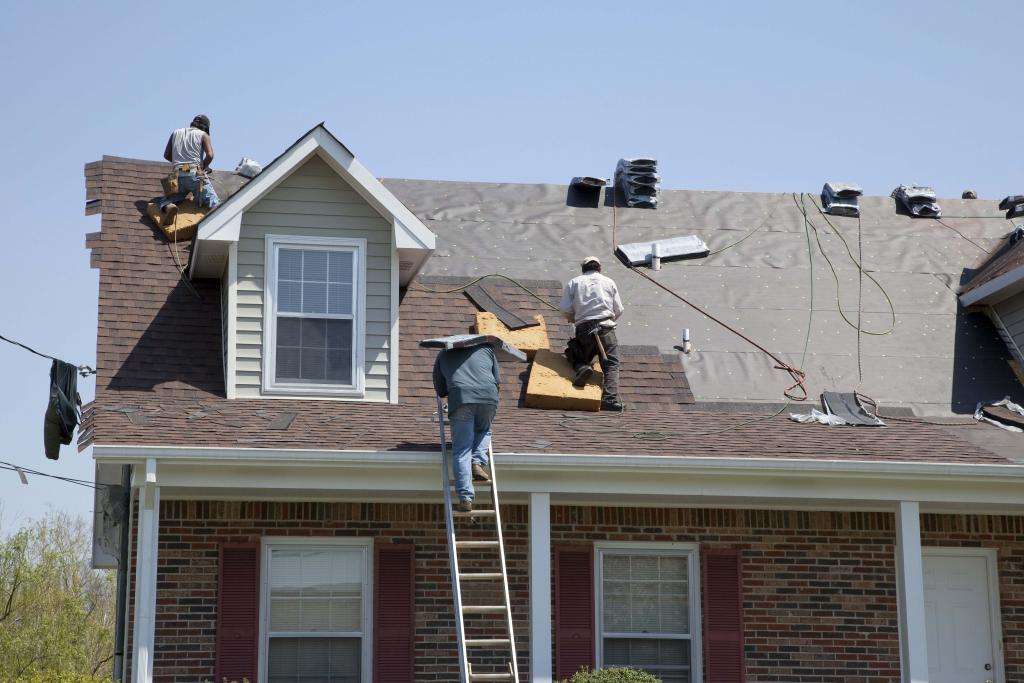Gross negligence manslaughter – New sentencing Guidelines come into force on 1st  November
November
Jail sentences for people convicted of gross negligence manslaughter are to be increased amid concern that offenders have been getting off too lightly.
So, what is Gross Negligence Manslaughter?
Gross Negligence Manslaughter is where somebody has failed in their duty of care towards somebody else, and that other person has died as a result.
It is similar to Corporate Manslaughter, which is aimed at a company or organisation, but this is aimed sole owners and one-man bands. Under Corporate Manslaughter the Sentencing Guidelines Council issued a steps based definitive guideline, effective from 1 February 2016, for sentencing the offence of corporate manslaughter. The recommendations of the guideline are based on the size and turnover of the organisations with a starting fine of £300,000 and a no limit maximum.
But under Gross Negligence Manslaughter the highest sentences will apply to individuals whose gross breach of a duty of care causes or materially contributes to a death. Or where the failing persisted for weeks or the offender was aware there was a risk of death. The penalty could be anything up to 18 years in prison.
It is long been believed that sentences in such cases have been too low, leading to offenders taking unnecessary risks in order to save a few pounds. They have also been seen as being too low relative to other offences and so the new guidelines are to address that and to bring in some consistency.
Justice Minister Rory Stewart said:
“Manslaughter is an extremely serious offence, causing immeasurable pain to families who lose their loved ones.
“So, it is vital our courts have clear, consistent guidance in these often complex cases – such as when both individuals and employers are involved.
“These guidelines will make sure sentences reflect the severity of the crime, helping protect workers and keep communities safe.”
How are these new sentences being calculated?
There are 4 levels of culpability, from ‘low’ to ‘very high’, each of which leads to a different starting point jail term. The starting points are 12 years, 8 years, 4 years and 2 years for culpabilities of ‘very high’, ‘high’, ‘medium’ and ‘low’, respectively.
| Culpability | Starting Point | Range |
|---|---|---|
| Very High | 12 years | 10-18 years |
| High | 8 years | 6-12 years |
| Medium | 4 years | 3-7 years |
| Low | 2 years | 1-4 years |
So, to give you a more graphic example let’s look at the photograph we used last week. (I hasten to point out that this is a library picture, so I have no idea who is involved or where it is)

In this photograph, we see a roofing contractor re-roofing somebody’s house. The works appear to be well advanced as the previous roof has already been stripped off, the new one has been felted with the tiles progressing. There is however, no safe means of access or edge protection, i.e. no scaffolding and the ladder one of them is using, does not appear to be tied in! Consequently, there is a high risk that one or more of them could trip and fall off the roof to the ground below. The cables up there could help this happen.
The judge can take into account a number of factors when determining the culpability category.
In the photo above the offender, the roofing contractor who is being paid by the home owner, must be aware that a fall from this roof could cause death; this points to high. The duration of these works, re-roofing the entire house, will be a week or so consequently the likelihood of a fall is greater this also points to high. There is no scaffolding which was probably motivated by financial gain or avoidance of cost this also points to high.
Where there is more than one feature of ‘high’ in evidence the case can be moved into the ‘Very high’ So here we have a situation of the offender being aware of the risk of death (High) the job was lasting a week or so (another high) and there is evidence of cost cutting at the expense of safety (another feature of ‘high’) so ‘very high’ seems almost inevitable.
So, if somebody had fallen from this roof and died the Roofing Contractor would probably face a long prison sentence.
Other factors that can be taken into account to move you up a lot within a specified range around each starting point. Would be:
- if the offender had ignored previous warnings
- others had been put at risk by the offending
- commission of the offence whilst under the influence of alcohol or drugs.
- actions after the event for example attempts to cover up or conceal evidence
- wrongly seek to blame others (which might well be necessary as part of defending at trial).
Mitigating factors which could reduce the seriousness
There are of course mitigating factors that you or your counsel could present such as:
- No previous convictions or no similar convictions
- Remorse
- Attempts to assist the victim
- The offender was being pressurised into taking short cuts and was subjected to stress
- The negligent conduct was compounded by the actions or omissions of others beyond the offender’s control
- Mental disorder or learning disability
- Age and/or lack of maturity
As sentencing Council member Lord Justice Holroyde said:
“While no sentence can make up for the loss of life, this guideline will help ensure sentencing that properly reflects the culpability of the offender and the unique facts of each case.”
Our advice is:
- Do not take short cuts,
- Carry out proper risk assessments,
- Ensure that your workforce have received the proper training required
- Make sure you have and use, the appropriate safety equipment such as scaffolding, to allow the works to be done safely
- If the customer is trying to pressurise you into cutting back on safety – walk away!
- If unsure of what to do call The Wilkins Safety Group
If you would like any further help or support, please please contact us by phone 01458 253682, email or via our Facebook page or by Twitter.
The Wilkins Safety Group was established in January 1992 and has been helping companies with sound health and safety advice for over 25 years.
To celebrate what we do and have been doing for almost 27 years now, we have released a short video. Our thanks to Pam Knight of White Knight Marketing who produced this for us. Please have a look and let us know what you think.
Taunton & Somerset CPD Group at The Exchange House Taunton
Please remember that we now run these CPD events at the Exchange House, 12 – 14 The Crescent, Taunton TA1 4EB on a fortnightly basis
The next of the CPD events is listed below.
As previously requested, if you could let us know whether or not you can attend it would be greatly appreciated. Also, if you would like to give a talk, or know of somebody who would, please contact Jon.
Our next Seminar will be on Wednesday 7th November 2018. Could you please arrive by 12:30pm prompt.
Our speaker for this one is Adrian Stanton of Wetherby Building Systems will talk about “External Wall Insulation”
If you haven’t already booked your place, or if you are not on the CPD Seminar mailing list but would like to be please drop Jon an email and he will deal with your request.
As per our last one if you could let Jon know whether or not you can attend within 7 days of receipt of his email, it would be greatly appreciated.
Contact Details [email protected] 07831 714199 or 01458 253682
*Early notice of 21st November meeting. Mike Cooper of Miscanthus Nursery will talk about “Should Somerset reconsider its Biomass production and Procurement”
For more details about these and the other forthcoming CPD talks please see cpds for the rest of 2018.
